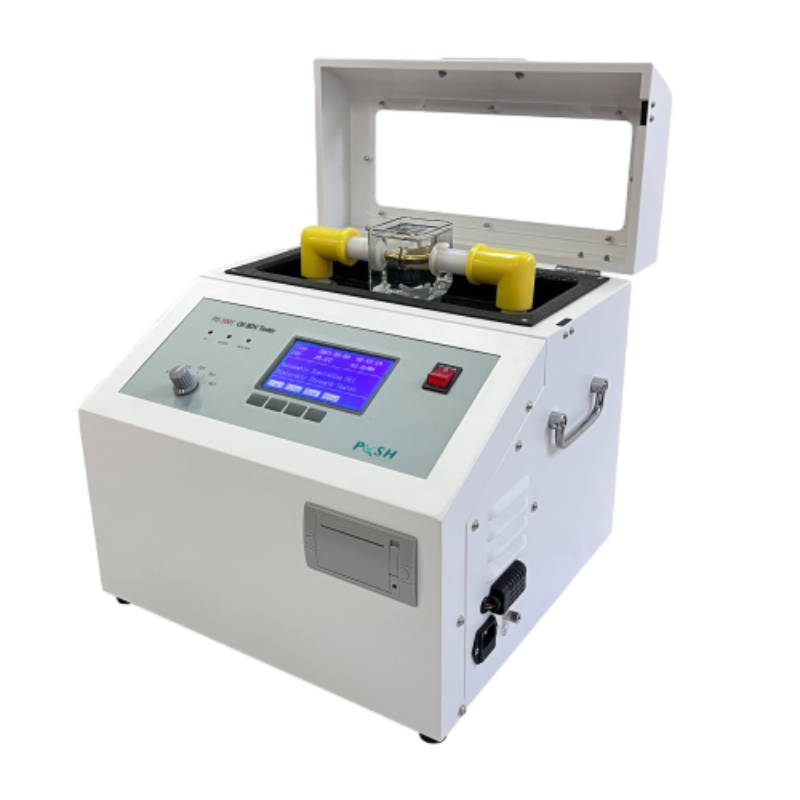 English
English



-
 Afrikaans
Afrikaans -
 Albanian
Albanian -
 Amharic
Amharic -
 Arabic
Arabic -
 Armenian
Armenian -
 Azerbaijani
Azerbaijani -
 Basque
Basque -
 Belarusian
Belarusian -
 Bengali
Bengali -
 Bosnian
Bosnian -
 Bulgarian
Bulgarian -
 Catalan
Catalan -
 Cebuano
Cebuano -
 China
China -
 China (Taiwan)
China (Taiwan) -
 Corsican
Corsican -
 Croatian
Croatian -
 Czech
Czech -
 Danish
Danish -
 Dutch
Dutch -
 English
English -
 Esperanto
Esperanto -
 Estonian
Estonian -
 Finnish
Finnish -
 French
French -
 Frisian
Frisian -
 Galician
Galician -
 Georgian
Georgian -
 German
German -
 Greek
Greek -
 Gujarati
Gujarati -
 Haitian Creole
Haitian Creole -
 hausa
hausa -
 hawaiian
hawaiian -
 Hebrew
Hebrew -
 Hindi
Hindi -
 Miao
Miao -
 Hungarian
Hungarian -
 Icelandic
Icelandic -
 igbo
igbo -
 Indonesian
Indonesian -
 irish
irish -
 Italian
Italian -
 Japanese
Japanese -
 Javanese
Javanese -
 Kannada
Kannada -
 kazakh
kazakh -
 Khmer
Khmer -
 Rwandese
Rwandese -
 Korean
Korean -
 Kurdish
Kurdish -
 Kyrgyz
Kyrgyz -
 Lao
Lao -
 Latin
Latin -
 Latvian
Latvian -
 Lithuanian
Lithuanian -
 Luxembourgish
Luxembourgish -
 Macedonian
Macedonian -
 Malgashi
Malgashi -
 Malay
Malay -
 Malayalam
Malayalam -
 Maltese
Maltese -
 Maori
Maori -
 Marathi
Marathi -
 Mongolian
Mongolian -
 Myanmar
Myanmar -
 Nepali
Nepali -
 Norwegian
Norwegian -
 Norwegian
Norwegian -
 Occitan
Occitan -
 Pashto
Pashto -
 Persian
Persian -
 Polish
Polish -
 Portuguese
Portuguese -
 Punjabi
Punjabi -
 Romanian
Romanian -
 Russian
Russian -
 Samoan
Samoan -
 Scottish Gaelic
Scottish Gaelic -
 Serbian
Serbian -
 Sesotho
Sesotho -
 Shona
Shona -
 Sindhi
Sindhi -
 Sinhala
Sinhala -
 Slovak
Slovak -
 Slovenian
Slovenian -
 Somali
Somali -
 Spanish
Spanish -
 Sundanese
Sundanese -
 Swahili
Swahili -
 Swedish
Swedish -
 Tagalog
Tagalog -
 Tajik
Tajik -
 Tamil
Tamil -
 Tatar
Tatar -
 Telugu
Telugu -
 Thai
Thai -
 Turkish
Turkish -
 Turkmen
Turkmen -
 Ukrainian
Ukrainian -
 Urdu
Urdu -
 Uighur
Uighur -
 Uzbek
Uzbek -
 Vietnamese
Vietnamese -
 Welsh
Welsh -
 Bantu
Bantu -
 Yiddish
Yiddish -
 Yoruba
Yoruba -
 Zulu
Zulu
power quality assessment
Power Quality Assessment Ensuring Reliable Electrical Supply
Power quality is a critical aspect of electrical systems that significantly impacts both consumer electronics and industrial machinery. The term encompasses various attributes of electrical supply that ensure the smooth operation of electrical equipment, including voltage stability, frequency stability, and the presence of disturbances like harmonics and transients. Effective power quality assessment is vital for industries and households aiming to minimize disruptions, improve efficiency, and maximize the lifespan of electrical devices.
Understanding Power Quality Issues
Power quality issues can manifest in several forms, including voltage sags, swells, surges, transients, and frequency variations. A voltage sag, for instance, is a short-duration dip in voltage that can lead to the malfunction of sensitive electronic equipment, while a voltage swell is a brief increase in voltage that may damage appliances. Surges, often caused by lightning strikes or power switching operations, can have catastrophic consequences if not managed correctly.
Another critical power quality concern is the presence of harmonics—distortions in the sinusoidal waveform of the electrical supply, typically caused by non-linear loads such as computers, LED lighting, and variable frequency drives. These harmonics can lead to overheating in electrical components, increased losses, and premature failure of systems.
The Importance of Power Quality Assessment
Regular power quality assessment is essential for identifying and mitigating issues before they escalate into larger problems. In industrial settings, poor power quality can lead to reduced production efficiency, increased energy costs, and, ultimately, lost revenue. For residential users, fluctuating power quality can result in malfunctioning appliances and increased electricity bills.
power quality assessment

Moreover, the rise of renewable energy sources and the increasing integration of smart grid technologies have rendered power quality assessment more crucial than ever. With more distributed energy resources (DERs) connected to the grid, maintaining power stability requires constant monitoring and analysis to prevent disruptions and ensure seamless transitions between different supply sources.
Techniques for Power Quality Assessment
Several techniques and tools are typically employed for effective power quality assessment. One of the most common methods is the use of power quality analyzers, which are devices that measure various parameters such as voltage, current, frequency, and harmonics over time. These analyzers provide valuable data, enabling facility managers to identify specific power quality problems and trends.
Advanced software solutions can also play a significant role in power quality assessment. These tools can analyze data collected by power quality analyzers, generating comprehensive reports that highlight issues, suggest corrective actions, and predict future power quality trends based on historical data. Integration with predictive analytics can enhance decision-making processes, allowing organizations to implement proactive measures rather than reactive fixes.
Additionally, real-time monitoring systems can significantly improve response times to power quality issues. By continuously tracking electrical parameters, these systems facilitate immediate alerts and corrective actions, enhancing the overall stability of the electrical supply.
Conclusion
In conclusion, power quality assessment is integral to ensuring the reliability and efficiency of electrical systems across various sectors. As technology continues to evolve and the demand for high-quality electrical supply increases, regular assessments become not just beneficial but essential. By employing effective monitoring and analysis techniques, organizations can safeguard against power quality issues, leading to improved operational efficiency, reduced costs, and a longer lifespan for electrical equipment. Investing in power quality assessment is, therefore, a strategic move toward fostering a more resilient and sustainable electrical infrastructure.
-
Testing Equipment Industry Sees Major Advancements in 2025: Smart & Precision Technologies Lead the WayNewsJun.06,2025
-
Applications of Direct Current Generators in Renewable Energy SystemsNewsJun.05,2025
-
Hipot Tester Calibration and Accuracy GuidelinesNewsJun.05,2025
-
Digital Circuit Breaker Analyzer Features and BenefitsNewsJun.05,2025
-
Benefits of Real-Time Power Quality Monitoring Devices for Industrial EfficiencyNewsJun.05,2025
-
Earth Fault Loop Testing in High-Rise Building Electrical SystemsNewsJun.05,2025



